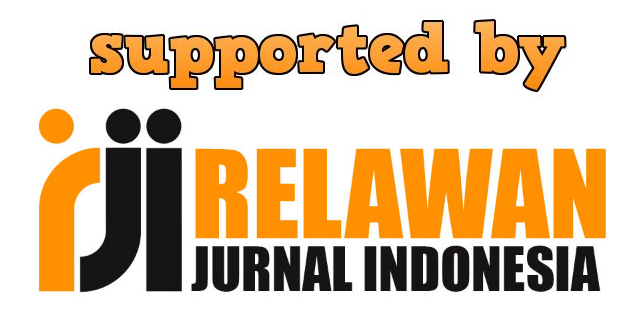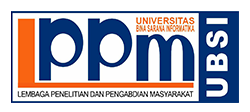Dominasi Korean Hallyu Dalam Konteks Strukturasi Di Industri Budaya
Abstract
The popularity of Korean dramas and songs triggers the dominance of Korean Hallyu internationally in various parts of the world. One of the factors which triggers this dominance is the Kpop Bangtan Sonyeodan boy band (BTS). BTS does not only create songs that are massive and standard but also has a meaning that makes them won a number of international awards. The objective of this paper is to analyze the dominance of Korean hallyu especially Korean boy band BTS as a pioneer of the Asian music industry internationally using structuration theory in the context of the cultural industry by using the literature review method, this is to describe a number of findings related to the cultural industry and structuration. As a result, BTS as an agent become an active participant who can reproduce the social system by referring to social actions that ultimately produce a social structure, BTS as an active agent can become a creative labour in the cultural industry by creating works that are not only profit-oriented but combines with the creativity which able to deliver messages through its music, as pioneer of Korean artists internationally.
Keywords
Full Text:
PDFReferences
Chiu, A. (2018). South Korean boy band BTS makes history: First K-pop group to top U.S. Billboard 200 chart. Retrieved June 10, 2019, from https://www.washingtonpost.com/news/morning-mix/wp/2018/05/29/south-korean-boy-band-bts-makes-history-as-first-k-pop-group-tops-u-s-billboard-200-chart/?noredirect=on&utm_term=.53ad41162195
Cronin, P., Ryan, F., & Coughlan, M. (2014). Undertaking a literature review: a step-by-step approach. British Journal of Nursing, 17(1), 38–43. https://doi.org/10.12968/bjon.2008.17.1.28059
Giddens, A. (1984). The Constitution of the Society. Transactions of the Geological Society of Glasgow (Vol. 13). Berkeley: University of California Press. https://doi.org/10.1144/transglas.13.1.118
Hesmondhalgh, D., & Baker, S. (2011). Creative Labour. New York: Routledge.
Lamsal, M. (2012). The Structuration Approach of Anthony Giddens. Himalayan Journal of Sociology and Anthropology, 5, 111–122. https://doi.org/10.3126/hjsa.v5i0.7043
Lee, D. (2013). Creative labour in the cultural industries. Sociopedia.Isa, 1–13. https://doi.org/10.1177/205684601181
Lee, S. J. (2011). The Korean Wave: The Seoul of Asia. The Elon Journal of Undergraduate Research in Communications, 2 no. 1, 85–93. Retrieved from https://www.elon.edu/docs/e-web/academics/communications/research/vol2no1/09suejin.pdf
Ryan, B. (1991). Making Capital from Culture: The Corporate Form of Capitalist Cultural Production. Berlin: Walter de Gruyter & Co.
Steinert, H. (2003). Culture Industry. New Jersey: Wiley.
Tikito, I., & Soussi, N. (2019). Meta-analysis of Systematic Literature Review Methods. I.J. Modern Education and Computer Science, 2(February), 17–25. https://doi.org/10.5815/ijmecs.2019.02.03
Whittington, R. (2015). Giddens, structuration theory and strategy as practice. Cambridge Handbook of Strategy as Practice, Second Edition, (January), 145–164. https://doi.org/10.1017/CCO9781139681032.009
Wickman, G. (2018). Love Yourself: The Message Behind BTS’s Record Breaking Album Series. Retrieved June 11, 2019, from https://medium.com/bangtan-journal/love-yourself-the-message-behind-btss-record-breaking-album-series-229119e81902
Witkin, R. W. (2003). Adorno on Popular Culture. New York: Routledge.
DOI: https://doi.org/10.31294/jkom.v12i2.7415
| Index by: | ||








|
||
| E-ISSN: 2579-3292 | ||

 https://road.issn.org/sites/all/themes/customroad/img/road-issn.png
https://road.issn.org/sites/all/themes/customroad/img/road-issn.png
|
||
Dipublikasikan oleh LPPM Universitas Bina Sarana InformatikaJl. Kramat Raya No.98, Kwitang, Kec. Senen, Kota Jakarta Pusat, DKI Jakarta 10450
|








